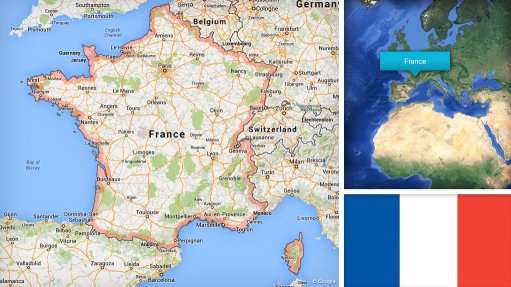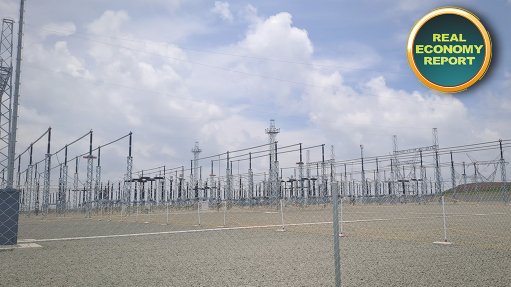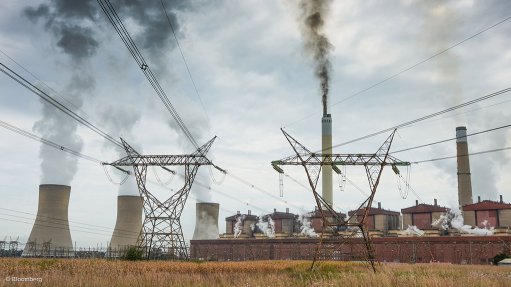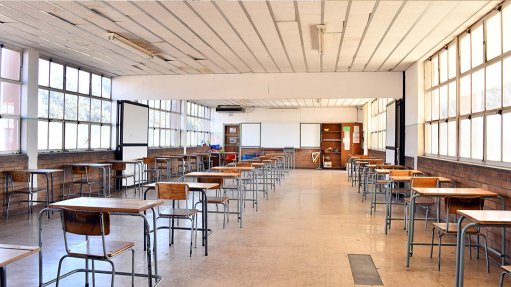Sans serif
Claude Shannon is virtually unknown, but his work was fundamental in the creation of the digital computer. A law which he was partly responsible for is the Shannon Hartley law of information transmission, which states that the maximum amount of information that can be transmitted is proportional to the transmission rate, the bandwidth available for transmission and the logarithm of the signal-to-noise ratio.
This is a law, as it can be proven mathematically. And the results of the law are with us. With the coming of fibre-optics, transmission speeds have greatly increased, and signal-to-noise ratios greatly increased. As a result, information in communication has significantly improved. In 2018, I wrote in a column as follows about how fibre would affect us: “The use of video conferences will go up rapidly. It makes no sense to fly 19 hours to the UK or 2 hours to a regional city, when you can have a video conference. There are video conference facilities in many offices, but now it will be common to conference simply and effectively without the glitches one gets on Skype, for example. “This means that air flights will reduce in number by a great degree. Naturally, streaming video will be much faster and it will also be possible to do real-time analysis of various engineering studies.”
Right now we (at my practice, Machoy) do studies of the acoustics of buildings, whereby we run the program and study the result. In the near future, we will be able to log on to the Cloud, enter the program and examine in real time the effects of various acoustic finishes and the effect of moving sound sources – for example, the noise of aircraft taking off in real time.
Well, as you know, dear reader, helped by the lockdown, it has happened.
Zoom was not around a few months back, but is now standard. Air flight has greatly reduced. And software which shows in real-time the effect of moving sound sources is now commercially available, as are the real-time recordings of acoustics cameras.
Thus, things improve. But. However. We have to be careful about fiddling around with known communication systems. I am not talking about blowing up microware towers – it’s simpler than that. It’s this: all of us get our basic information by reading it. Be it reading a post by a news provider on the US elections or an account from the municipality. The information we read goes into our brain and gets processed. Now, let’s look at the following sentence: “Engineers are wonderful people.” Then the following: “Engineers are wonderful people.” Now try “ENGINEERS ARE WONDERFUL PEOPLE”. Then try “Engineers are wonderful people” and finally “ENGINEERS ARE WONDERFUL PEOPLE”.
You will notice that changing the type font from a serif font (as Times New Roman) to a sans serif font (as Arial) makes reading slightly more difficult. Putting the message in CAPITALS makes it harder to read; putting it as underline makes it still harder and so on until putting it as capital, bold, underlined makes the task of reading still more difficult. Yet, there is no good reason to deviate from the simple Times New Roman font unless there is some warning or decorative motive. Even the warning motive is suspect; there is no point in writing “Danger Poison” as “DANGER POISON” – the first version is no less poisonous.
Another danger is that, with fibre, it is possible to transmit very long messages almost instantaneously. The result is that one finds on many posts that the text is very long and tedious. Previously, in paper, print adverts had to pay for editorial. But there was a balance: too many adverts and people got bored and stopped buying the publication. Too few adverts, and the publication went bust. But now, on Internet posts, the paper costs the publisher nothing.
Article Enquiry
Email Article
Save Article
Feedback
To advertise email advertising@creamermedia.co.za or click here
Comments
Press Office
Announcements
What's On
Subscribe to improve your user experience...
Option 1 (equivalent of R125 a month):
Receive a weekly copy of Creamer Media's Engineering News & Mining Weekly magazine
(print copy for those in South Africa and e-magazine for those outside of South Africa)
Receive daily email newsletters
Access to full search results
Access archive of magazine back copies
Access to Projects in Progress
Access to ONE Research Report of your choice in PDF format
Option 2 (equivalent of R375 a month):
All benefits from Option 1
PLUS
Access to Creamer Media's Research Channel Africa for ALL Research Reports, in PDF format, on various industrial and mining sectors
including Electricity; Water; Energy Transition; Hydrogen; Roads, Rail and Ports; Coal; Gold; Platinum; Battery Metals; etc.
Already a subscriber?
Forgotten your password?
Receive weekly copy of Creamer Media's Engineering News & Mining Weekly magazine (print copy for those in South Africa and e-magazine for those outside of South Africa)
➕
Recieve daily email newsletters
➕
Access to full search results
➕
Access archive of magazine back copies
➕
Access to Projects in Progress
➕
Access to ONE Research Report of your choice in PDF format
RESEARCH CHANNEL AFRICA
R4500 (equivalent of R375 a month)
SUBSCRIBEAll benefits from Option 1
➕
Access to Creamer Media's Research Channel Africa for ALL Research Reports on various industrial and mining sectors, in PDF format, including on:
Electricity
➕
Water
➕
Energy Transition
➕
Hydrogen
➕
Roads, Rail and Ports
➕
Coal
➕
Gold
➕
Platinum
➕
Battery Metals
➕
etc.
Receive all benefits from Option 1 or Option 2 delivered to numerous people at your company
➕
Multiple User names and Passwords for simultaneous log-ins
➕
Intranet integration access to all in your organisation

















